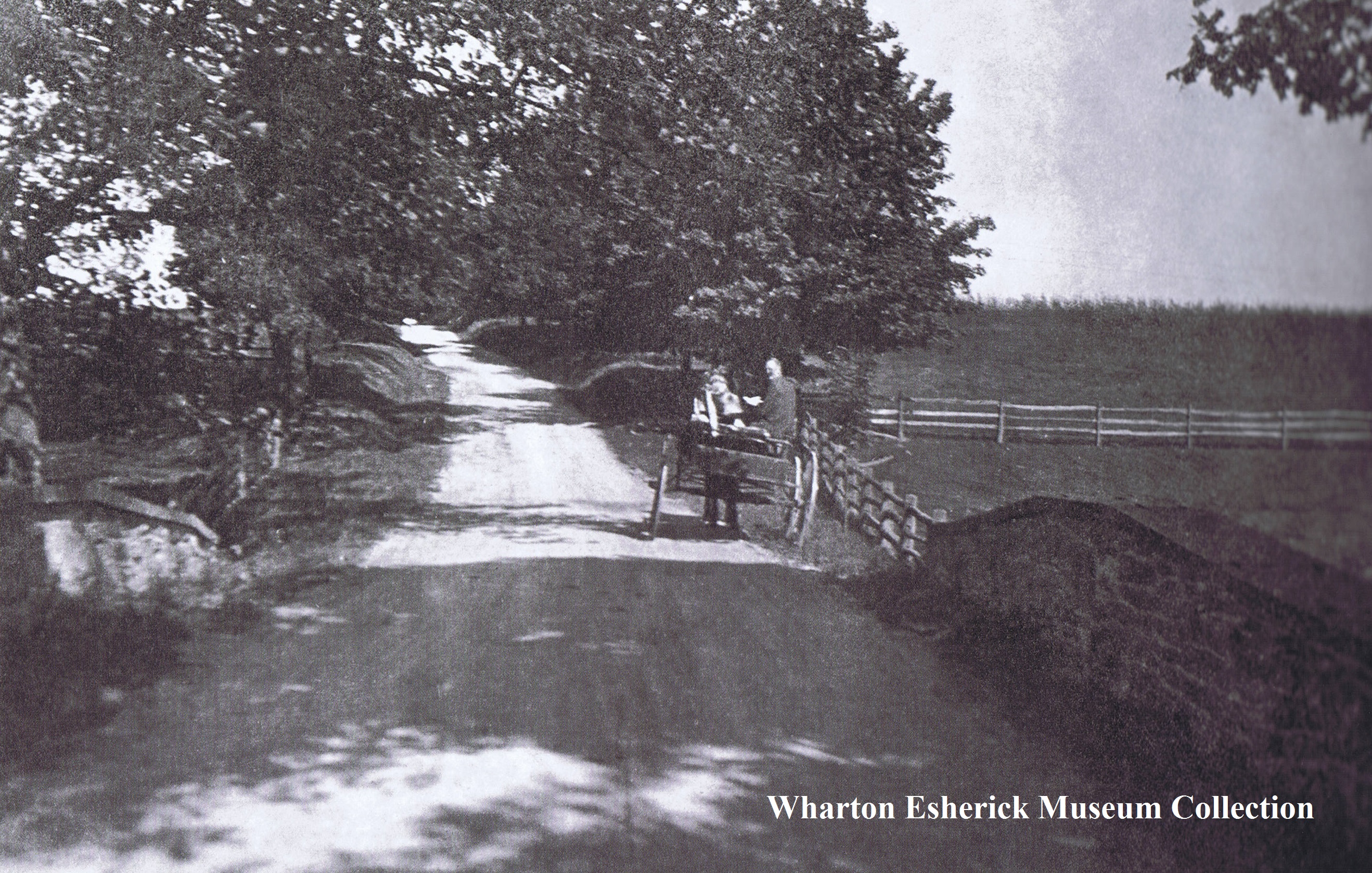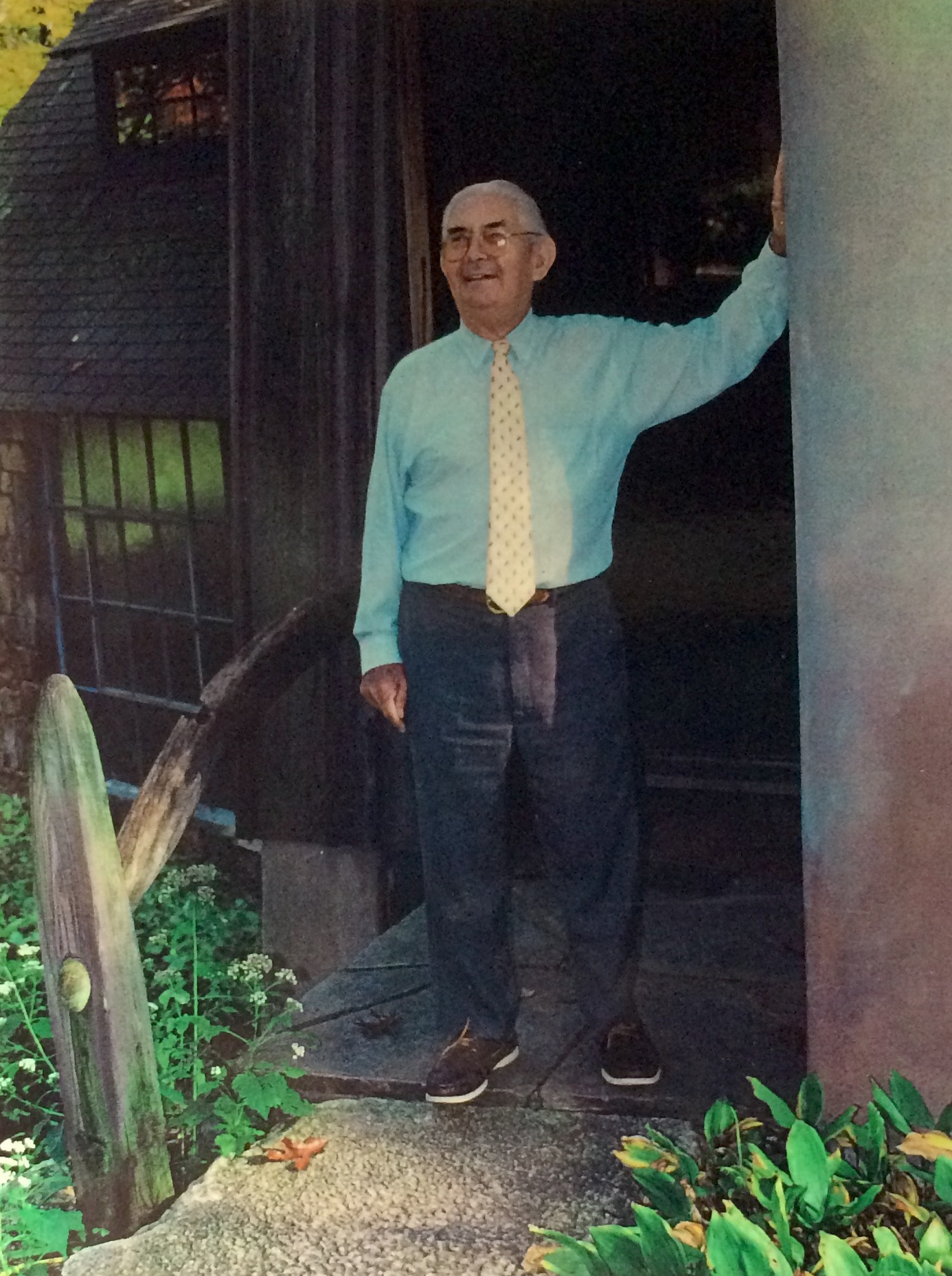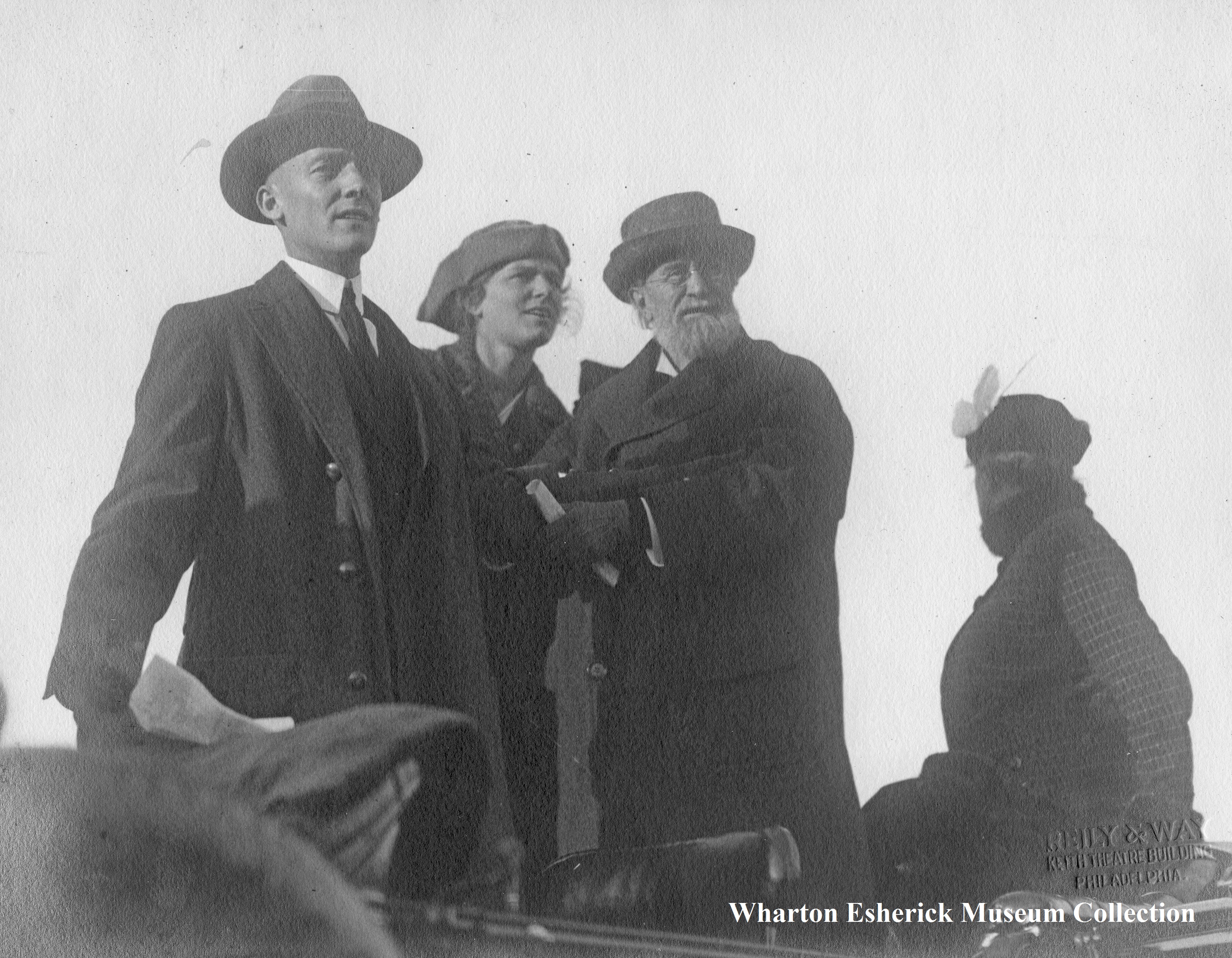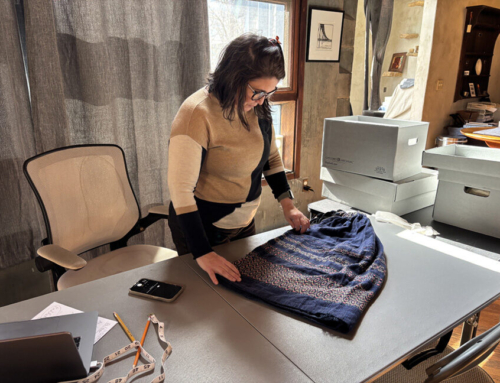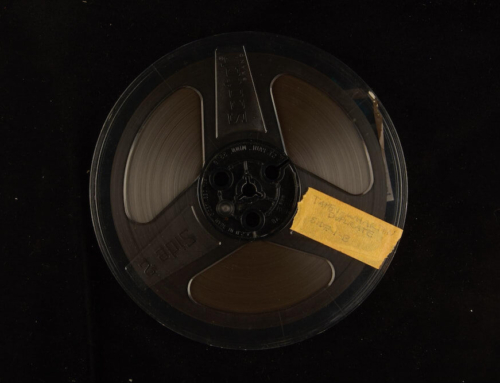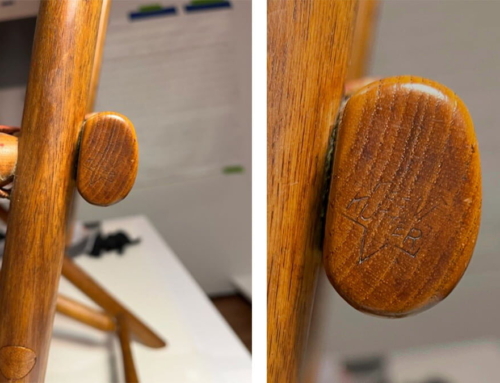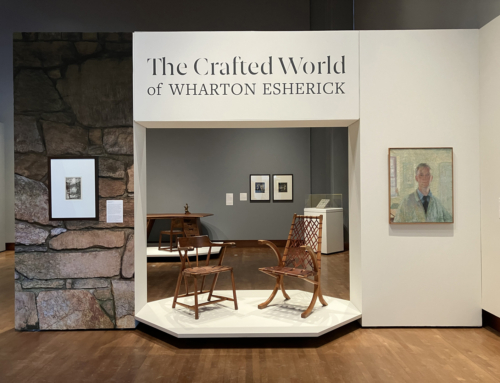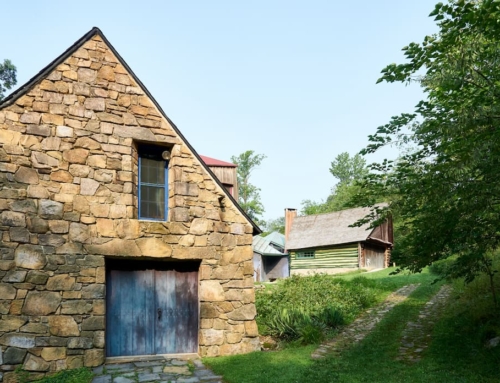We hosted our Annual Members’ Party with extra fanfare this month, in celebration of our 45th anniversary as a Museum. Our program featured some wonderful speakers, who helped us take stock of our journey since 1972. Running through the event was a theme of continuity, a passing of the touch between those committed to preserving Wharton’s creation. We heard from former Director, Rob Leonard, and our current Director, Julie Gannaway. We heard from Joyce Stoeber, who has volunteered for the Museum since its inception and Lisa DiCarlo, who is new to our volunteer team this year. The afternoon was full of laughter and stories being shared both in the program and among friends. With this in mind, we found ourselves thinking about the important first-hand accounts we’ve been able to gather from those who knew Wharton Esherick, stories that enrich and breathe life into our understanding of his humor and creative spirit. One such source of anecdotes was David Wilson, who will always be remembered among the Museum’s most dedicated volunteer docents. And we don’t say that lightly! Dave was still guiding fantastic tours here at the age of 97 – sometimes giving 100 tours a year!
Dave Wilson knew Esherick from the time Wharton and Letty moved to the farmhouse in 1913. Dave was born and raised in the Great Valley. He attended the Pennsylvania Academy of Fine Arts to study painting, having been inspired by Wharton’s work, and later returned to the area to run a dairy farm. His stories and memories were as invaluable then as they are now, so, in the spirit of sharing stories from past and present, we’re reposting an article from our very first newsletter (dated 1983) where Dave Wilson recounted his memories of Wharton for all to enjoy.
“Memories of a Member”
It was quite a novelty in this community to have a young artist and his bride settle here. It was real country at that time. The people were mostly farmers and were very conservative, but Wharton and Letty were soon absorbed into the community.
Having lived in the city all his life, Wharton was thrilled to be in the country. He helped his neighbors take in hay and with other such activities whenever they needed additional hands. Wharton joined the local farmer’s grange and made the scenery for one of their stage shows. Wharton often came to our house to play chess with a group of local men and during World War I my mother would invite Letty to talk to her Red Cross unit about ways of cooking to conserve food.
It was my custom as a youth to ride my horse about the Valley and surrounding hills. The back road up Diamond Rock Hill and through Esherick property was one of my favorite routes. I remember when Wharton remodeled his barn into a studio. I was particularly taken by the carvings on the supports for the little roof over the entrance, an eager Adam eyeing a coy Eve. One day, riding up their lane, I was surprised by an owl. Carved from a large hunk of wood and mounted in a hoop hanging from a tree, it was swaying in the breeze.

“An eager Adam eyeing a coy Eve” as Dave Wilson put it. These carved supports once adorned the entrance of Wharton’s barn.
Letty had an interpretive dance class – young girls dancing in thin flowing veils – that met out on the lawn at about the same hour each day. Colonel Cassat would try to time his daily horseback ride to pass the Esherick house at that particular time.
At one time Wharton had a Stanley Steamer which broke down quite often. Later, he bought a horse and a yellow two-wheeled cart. After our first real snowfall that winter, Wharton borrowed a sleigh and drove to our house for a visit. Mother invited Wharton to join us for a warming cup of coffee. “Get out of this sleigh, I should say not,” responded Wharton. Then, turning the horse sharply, as he would in his two-wheeled cart, he started off. The sleigh overturned, dumping Wharton in a snow bank.
After Wharton had made the dining table and chairs he decided that all the mid-Victorian furniture, contributed by his family, had to go to make room for his own work. The secondhand dealer had bought the lot and hauled it away – the day before Wharton’s mother came to call.
Later I married and had a farm on North Valley Road. Wharton would stop by for fresh eggs and raw milk, giving me the privilege to know him better. One day he gave me this advice for fixing up a set of old chairs I had found in the barn, “make them comfortable to your hands, round all those sharp corners and lace the seats with baling twine, which you have plenty of.”
As a dairy farmer, I always had a surplus of cow manure. One day Wharton telephoned and ordered a load of it. “Where do you want me to put it?” I asked. “I’ll leave you a sign” was his reply.
The sign Wharton left was a large wood carving of a cow’s rear end and an arrow underneath with the phrase “David Here.” The manure would be right where it belonged!
Post written by Visitor Experience and Program Specialist, Katie Wynne.

